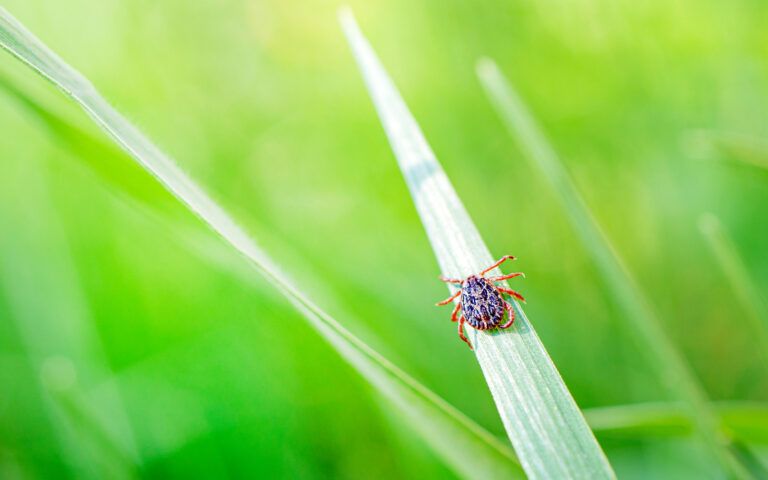As summer arrives, more people will be going outside to enjoy the beautiful weather and sunshine, and with the Covid-19 pandemic turning into an endemic, many are beginning to make travel plans and explore the great outdoors without much worry. However, it is also a time when insects come out of hiding, and while most insects are harmless and may leave behind minor bites, some can be devastating and even deadly. Below, we’ll give you a quick summary of what to look for when identifying bug bites and help give you some ways to identify and take action if worse comes to worst.
What To Look For From Biting and Stinging Bugs
During the spring and summer months, insects come out of their hibernation or diapause in search of food and restore back their energy reserves for their reproductive seasons. Because of this, high amounts of activity from insects such as mosquitos, horseflies, wasps, bees, and other insects come around to do their buggy business. For us, it often results in nasty bites, annoying buzzing, and just general irritation from these creatures. However, while many of these insects are important for the environment and their ecosystems, it’s important to be aware of any bites or irritations that occur after being outside.
Most insects and bugs tend to leave bites that cause redness, swelling, some mild tenderness, and itching and can easily be treated with anti-itch creams and antibiotics. However, other insects such as wasps and bees need a little more consideration, as some can leave behind their stingers, which can continue to produce venom due to the leftover venom sack. People with allergic reactions to wasps and bees would need to pay attention to allergic reaction symptoms, including hives, breathing problems, nausea, abdominal cramps, and intense swelling.
Dangerous Bugs To Watch Out For This Summer
In cases where allergic reactions happen, it’s important to call 911 and use EpiPens if you have one immediately. It’s also particularly important to look out for certain insects and arachnids out in the wild, especially if you plan on camping for long periods. These insects include:
- Black Widow: A fully developed black widow is approximately half an inch in length. Common markings include the iconic red hourglass on the belly, along with red spots located on the top and bottom of their abdomen. Bites from black widows can cause vomiting, fever, nausea, abdominal pain, and chills and can eventually lead to death if not treated.
- Brown Recluse: Larger than the black widow, these spiders measure about 1 inch in length. They come in a scope of colors from yellowish-tan to a darker brown and typically have a violin marking on their abdomen. Their bites are insidious, starting to cause pain about 8 hours after the initial bite. These bites will then begin to blister, leaving an ulcer once they have cleared. These ulcers are vectors for infection and require cleaning and care to avoid their becoming infected.
- Ticks: Ticks are parasitic arachnids that feed on the blood of mammals, birds, and even reptiles. They’re about 3 to 5 mm in length and are often found in wooded areas. One of the biggest threats these insects pose is that when attached, they have the potential to spread Lyme disease, an incurable bacterial infection that can easily spread to the joints, heart, and nervous system.
- Asian Giant Hornets: These wasp-looking creatures tend to murder hives of over 30,000 honeybees in mere hours due to their ferocity. In 2019, this type of hornet was spotted in North America and can sting dozen times if threatened. Their venom is more toxic than domestic bees and wasps and can be deadly if you’re allergic.
If you’re ever experiencing rashes or severe reactions to an insect bite, call poison control immediately, and their emergency medical teams will be able to get you the treatment you need.




